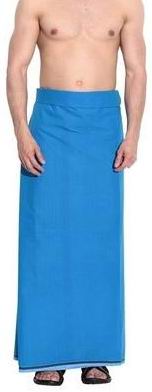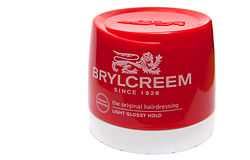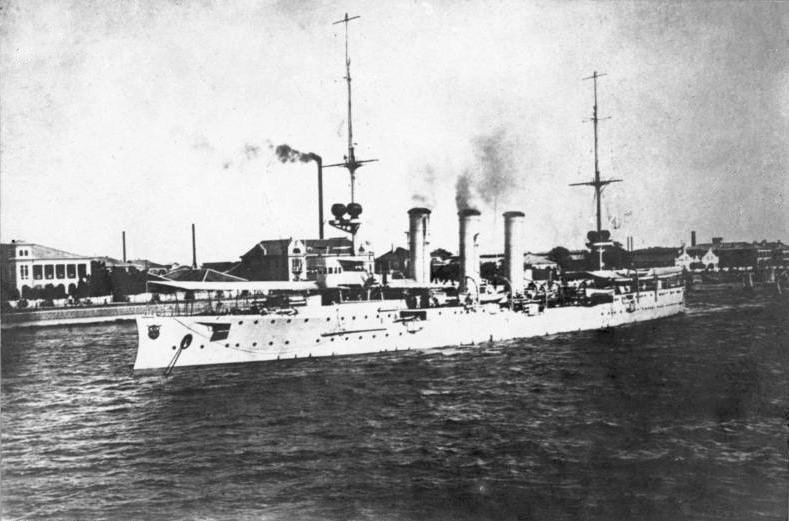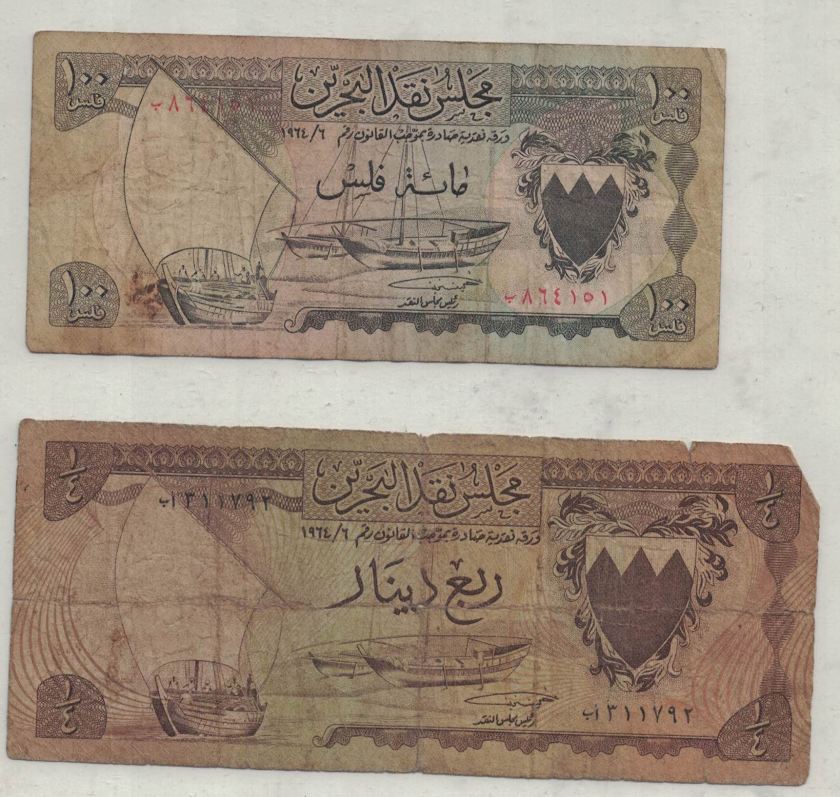
Muscat means ‘anchorage’ in English, and it is obvious why it got that name being protected by a rocky island. The above photograph is from the internet – it was taken in 1970, two years after my visit.

This is Muscat harbour in 1903, the fort that can be seen is the Al Jalali Fort.
In the 15th century Muscat was a minor port, but once Vasco de Gama had rounded the Cape of Good Hope in 1497 in his attempt to find a way to the spice islands things began to change.
In 1507 a Portuguese fleet under the command of Afonso de Albuquerque, which was on its way to attack the island of Hormuz, sacked Muscat.

The island of Hormuz controlled the straits of Hormuz, (even then), the island is 8 km (5 miles) off the coast of Persia (now called Iran).
The Portuguese attacked and captured Hormuz in October 1507, which allowed them to control the trade in to and out of the Persian Gulf.
The importance of Muscat for the Portuguese was due to the safe anchorage and that they could replenish their water barrels. Barracks and warehouses were built by the Portuguese in Muscat, but the Ottomans attacked, so the Portuguese built a fort in 1550 at al-Mirani, but the Ottomans attacked again two years later and the town fell and the fort destroyed.
The Portuguese regained the town two years later and this time they built another fort on Fort al-Jalali on a headland, and rebuilt the twin Fort al-Mirani, both forts had cannon so commanded the anchorage.

I ‘doctored’ a modern map to illustrate how the two forts commanded the harbour.

Fort al-Jalali which I took in 2016

Fort al-Mirani one of mine from 2016
Later the Portuguese built walls around the town as a defensive measure, but the expense of occupying and defending Muscat was a strain of Portugal’s finances. Trade was not as prosperous as they thought and by 1630 the British & Dutch dominated the Persian Gulf. The local Omanis captured Muscat in 1650 and that was the end of Portugal’s rule.
The new rulers became a colonial power themselves by taking over certain Portuguese colonies in East Africa (Swahili coast), and then became involved in the slave trade based in Zanzibar, which was ruled by Oman. It was not until 1970 that slavery was made illegal in Oman.
When I arrived in 1968 the ‘Secret war ( 1962 – 1970)’ still had two years to run, not that I saw any of the fighting, just that we were aware that British troops were involved alongside the Omani troops fighting communist rebels.
We arrived off Muscat on the afternoon of the 10th June, and it was hot! Cargo work was to start the following day, and we were to unload in to barges. From memory Muscat didn’t have a dock facility and all ships worked at anchor in to barges.
We didn’t have anything to do (except an anchor watch) so those of us who were off duty decided to go for a swim. With borrowed flippers and a face mask I was able to enjoy another world. All kinds of coloured fish and plants waving at me as I slowly moved through the water. It was calm, quiet and peaceful as I checked out the multicoloured coral, it was if they had been painted recently. I was fortunate to see a turtle who was paddling along with all the time in the world heading out to sea. Picture is of a turtle in Muscat harbour.
I was fortunate to see a turtle who was paddling along with all the time in the world heading out to sea. Picture is of a turtle in Muscat harbour.

Found the above on the internet, and it is a photograph of the sea around Muscat, although I have a feeling that it was a lot clearer and more colourful when I went swimming in 1968 – pollution perhaps?

But I do remember very colourful sea creatures.
I borrowed a spear gun and thought that perhaps I could spear our dinner. So I aimed my gun at a large looking fish with plenty of meat on it – pulled the trigger and the harpoon shot out and hit the fish in the side, but the harpoon just bounced off the fish and I don’t think the fish was aware of being attacked . . . so much for the great fish hunter.
I should have stayed with the others in the boat because while I was experiencing armoured plated fish they were fishing and caught so many that the there was just enough room in the bucket for the water to keep them fresh. We were all looking forward to fresh fish for our evening meal. The fish were multicoloured and looked quite ‘plump’.
We had little knowledge of fish and just to be safe we asked the carpenter (who was Chinese) as to the best way of cooking the fish. In our experience we have always found the Chinese to be knowledgeable about fish and the cooking of the same.
All the Chinese (carpenter and engine room fitters) were from Hong Kong and they were all called ‘John’ and they were referred to as ‘the Johns’.
This was not derogatory term, because it has a link to history. In the late 1700’s a Chinese seaman who worked for the British East India Company was given the job of looking after Chinese seamen in the Limehouse area of London. He had a partner, who was English, and his partner had a daughter who this Chinese seaman wanted to marry.
After they were married the Chinese male wished to buy a property for him and his wife, but could not buy property, because he wasn’t English.
So he used part of his fortune that he has amassed over the years to pay for an Act of Parliament to allow him to become British. This was passed through Parliament in 1805 and he became the first Chinese to be naturalised and he called himself John Anthony .
This is why Chinese crew members were called ‘John’ in general terms, but once one learned to pronounce their individual name correctly then we used their correct name.
Unfortunately, John Anthony died some months after being naturalised. There is a restaurant in Hong Kong called John Anthony . Check out their menu.
Back to the bucket of fish as we stood around while carpenter ‘John” surveyed our great catch. He managed to keep a serious face as he studied the catch but eventually he just burst out laughing. Every fish that we had caught was poisonous – so they were returned to the deep.
Later, after showers we were on deck with a beer in hand (of course) when all of a sudden, we saw a whale very near the ship. The whale surfaced and blew continuously. I never expected to see a whale in such warm waters, and I’m not sure what type of whale it was, but I found this piece of film of Muscat whales .

Without air-conditioning the only place to sleep at night was on deck – for me I preferred the monkey island, which usually had a wooden deck.
When off duty and siting outside many of us would wear a large bath towel in the form of a lungi, which is a southern India / Sri Lankan dress for both males & females. A lungi is much cooler than trousers or shorts.

This is not me . . .
To try and sleep in the Persian Gulf heat I would obtain two very large bath towels, soak them in water and place one on the wooden deck on which I would lie, and then pull the other over myself in the hope that I could sleep before the towels dried out and became stiff.
The day time temperature was around 41 c (105 F) and the night time temperature would drop to 34 c (94 F) – lime juice and salt tablets helped.
For my sins of yesteryear I now suffer from rheumatism, which I blame on sleeping on and under wet towels on wooden decks. . . . any chance of compensation I wonder.
It would be forty eight years before I returned to Muscat, but this time I didn’t have any problems sleeping because the Azamara Quest was air conditioned, the beds were comfortable, and with only 650 passengers, sleeping was not a problem.
One could fall asleep on the balcony if reading a book, how time had changed.


Azamara Quest – in 2016 Maureen & I sailed in her from Singapore to Dubai.











 Pampan Bridge at sunset.
Pampan Bridge at sunset.





















 In Bahrain 1000 fils equals one Dinar, now this money can be reasonably accurately dated because the Bahraini dinar only came in to existence in 1965, which was six years before they gained their full independence from the British.
In Bahrain 1000 fils equals one Dinar, now this money can be reasonably accurately dated because the Bahraini dinar only came in to existence in 1965, which was six years before they gained their full independence from the British.




 The same two notes reversed and if you look closely under the figure ‘1’ you will see 1967 on the cleaner note.
The same two notes reversed and if you look closely under the figure ‘1’ you will see 1967 on the cleaner note.



